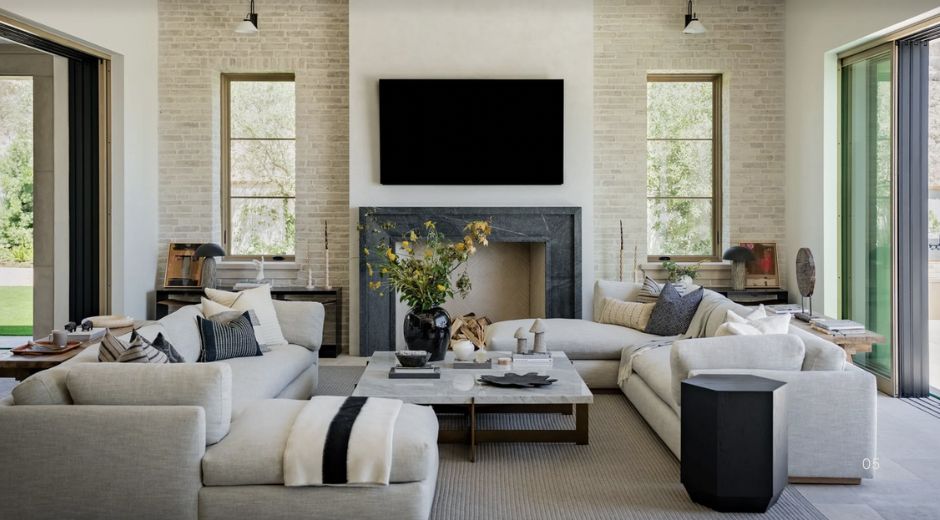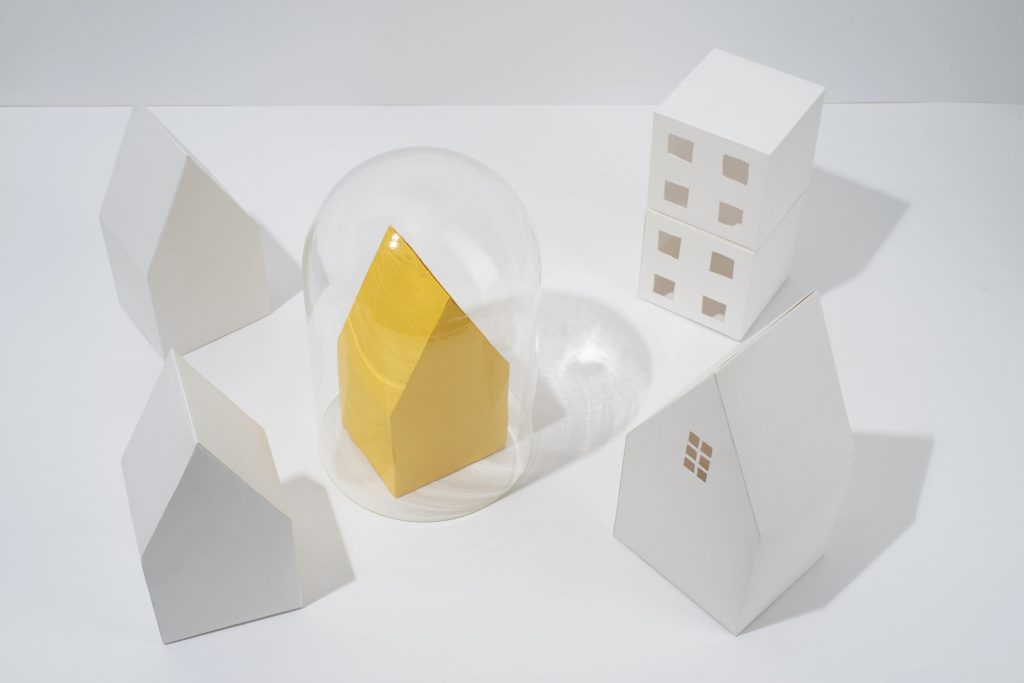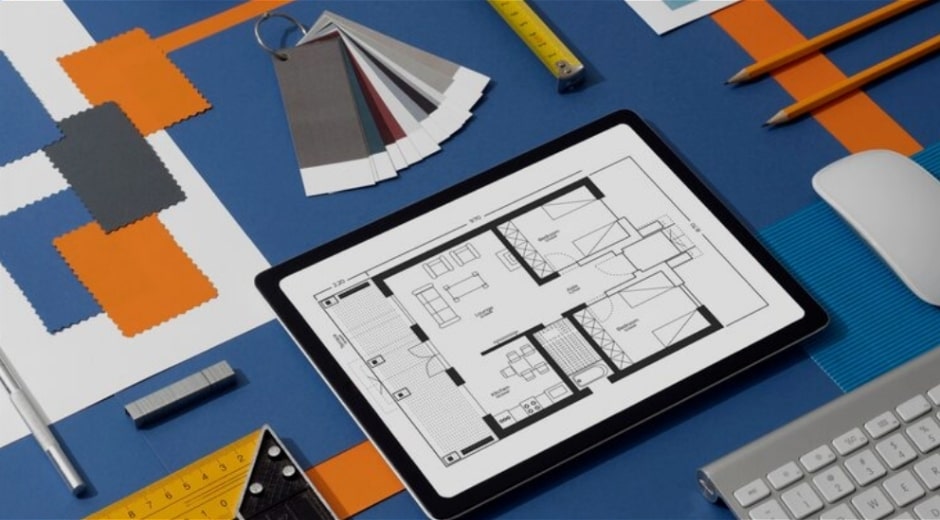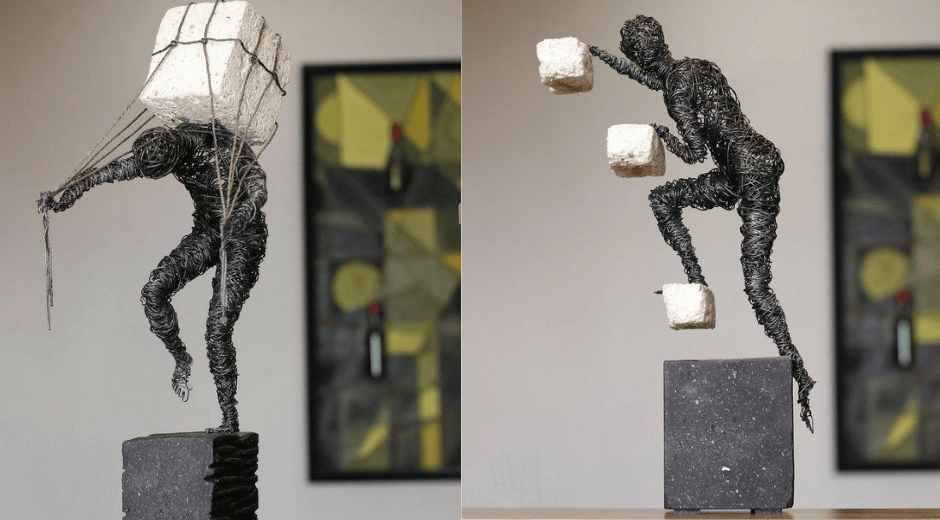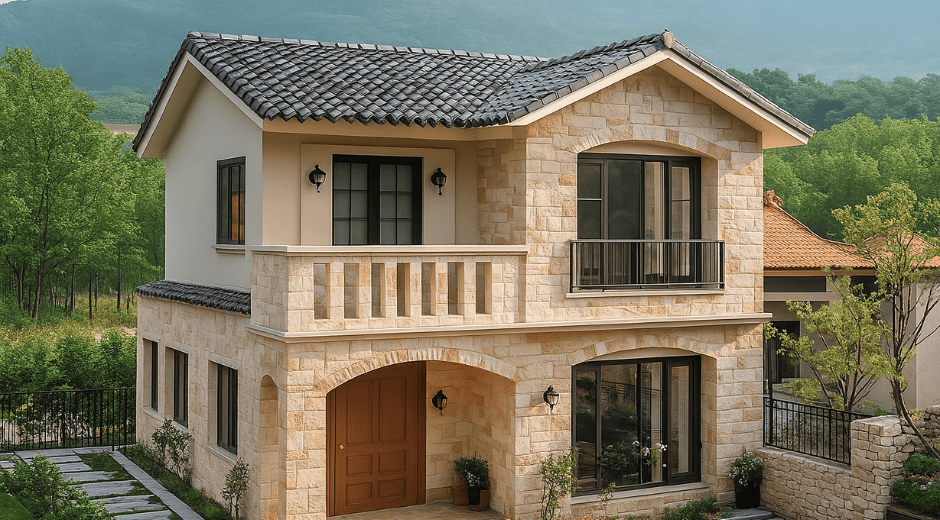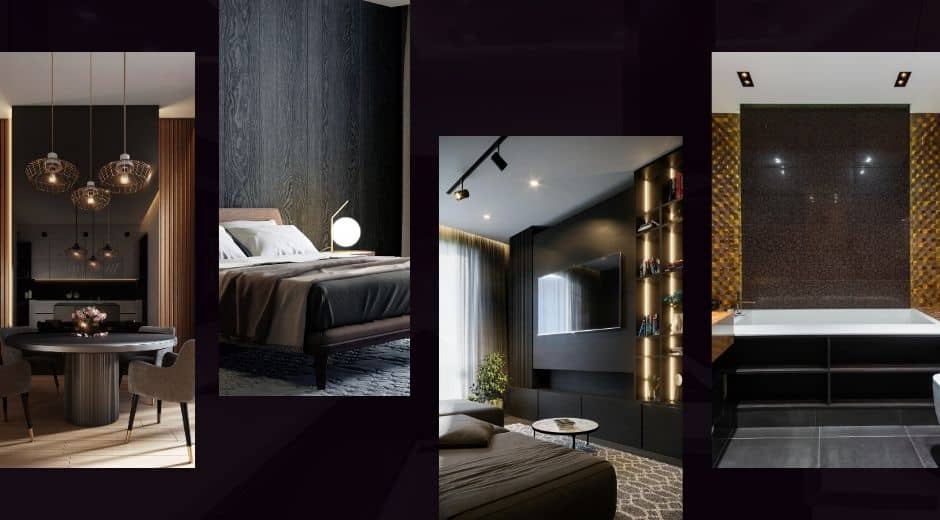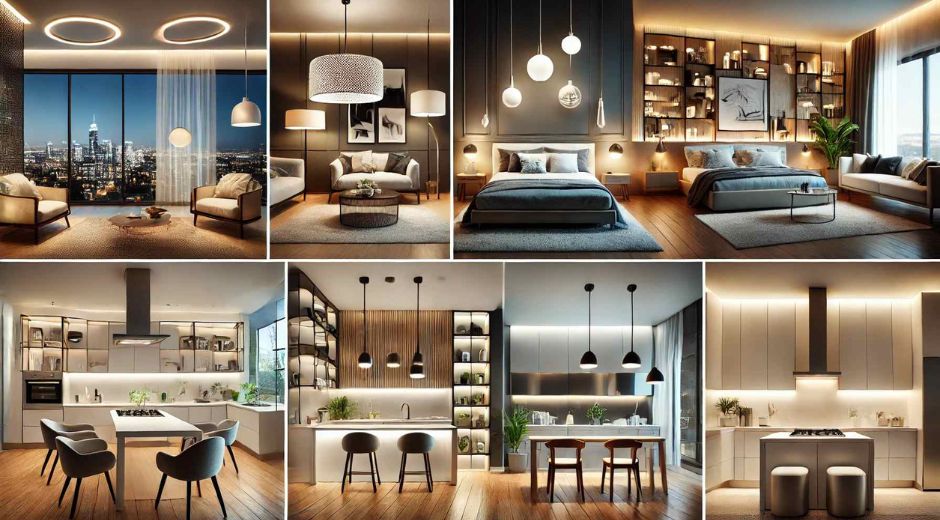Interior Harmony: Balancing Style and Comfort in Modern Homes
In today’s fast-paced world, where homes serve as sanctuaries, workspaces, and social hubs, achieving interior harmony has become the cornerstone of modern design. The concept extends beyond color palettes or furniture layouts, blending beauty and practicality into a cohesive, livable environment. True harmony isn’t about perfection, but about creating spaces that reflect personality, purpose, and peace.
The Essence of Interior Harmony
At its core, interior harmony represents the delicate balance between design elements that please the eye and those that serve the body. It’s about unity, rhythm, and contrast working together to create an environment that feels naturally comfortable. Every wall color, light fixture, or piece of furniture contributes to this symphony of space.
Interior designers often compare harmony to music: different notes, when arranged thoughtfully, produce a melody that feels right. The same principle applies when textures, proportions, and tones complement one another seamlessly.
The Psychology Behind Harmonious Spaces
Design psychology reveals that interior harmony influences mood, productivity, and overall wellbeing. For example, natural tones like soft beige or muted green can calm the mind, while balanced lighting reduces visual fatigue and enhances comfort.
Research from Architectural Digest highlights that well-balanced interiors can improve focus and lower stress levels, making harmony not just an aesthetic choice but a wellness strategy.
Modern homeowners increasingly recognize that design affects emotional health. A living room arranged with symmetry or a bedroom styled with soothing textures can subconsciously restore mental clarity after a hectic day.
The Power of Color Coordination
Color is one of the most powerful tools in achieving interior harmony. A balanced palette helps connect spaces while maintaining individuality between rooms. Designers often apply the 60-30-10 rule: 60% dominant color, 30% secondary, and 10% accent.
For example, combining neutral walls with subtle blues and warm metallic touches can create a serene yet vibrant energy. Contrasts, when used intentionally, prevent monotony while preserving unity across the home.
The Role of Light and Space
Lighting defines how people experience a room. Natural light enhances spaciousness and mood, while layered artificial lighting creates flexibility. A mix of ambient, task, and accent lights ensures that interior harmony is maintained across day and night.
In open-plan homes, spatial harmony becomes crucial. Furniture placement, visual dividers, and consistent flooring choices help establish flow without physical barriers. Thoughtful spacing promotes air circulation, reduces clutter, and supports better ergonomics.
Texture and Material Connections
Texture is often the unsung hero of interior harmony. Combining materials like stone, wood, glass, and fabric adds depth and tactility. For instance, pairing a marble countertop with matte cabinetry introduces contrast while preserving balance.
Natural materials especially enhance the sense of connection between the indoors and outdoors. This principle aligns with biophilic design—a growing trend that encourages integrating nature into interiors through organic textures and greenery.
Achieving Harmony Through Furniture
Furniture selection plays a defining role in interior harmony. Each piece should contribute to the visual and functional flow of the room. Proportions matter: oversized sofas or undersized coffee tables can disrupt equilibrium.
Modern design favors modular furniture that adapts to changing needs without compromising aesthetics. Pieces that blend form and function—like hidden storage benches or convertible desks—reinforce the idea of living spaces that feel effortless and balanced.
Patterns, Lines, and Geometry
Patterns and lines guide the eye, shaping how people perceive space. Curved lines tend to create softness and relaxation, while straight lines add structure and stability. Using them strategically within interior harmony ensures that one doesn’t overpower the other.
For instance, a geometric rug can complement a minimalist couch without clashing, while patterned tiles can bring subtle rhythm to a neutral bathroom. Designers aim for coherence, not sameness.
Sustainable Harmony: The Eco-Design Perspective
Incorporating sustainability enhances interior harmony by connecting aesthetics with ethics. Eco-friendly materials, low-VOC paints, and energy-efficient lighting not only reduce environmental impact but also create healthier living conditions.
Homes that align with green principles often feel more grounded. Natural ventilation, recycled wood, and daylight optimization are simple ways to design for both the planet and personal comfort.
For practical sustainability tips and eco-interior inspiration, you can read more on Techtazz .
Common Mistakes That Disrupt Harmony
Even well-intentioned designs can lose balance. Over-accessorizing, inconsistent color use, or poor lighting choices are frequent culprits. To maintain interior harmony, limit the number of focal points per room and ensure that each element contributes meaningfully to the overall narrative.
Another mistake is ignoring negative space. Empty areas allow designs to breathe, emphasizing key pieces without overwhelming the senses. As the saying goes, “what you leave out matters as much as what you put in.”
Achieving Harmony on a Budget
Creating interior harmony doesn’t always require luxury budgets. Small, thoughtful adjustments can yield transformative results. Rearranging furniture to improve flow, updating lighting, or introducing cohesive color accents can refresh a room instantly.
Even DIY solutions—like repurposing old materials or adding houseplants—can elevate a space. The goal is to focus on intentionality rather than excess.
MetroPropertyHomes Design Insight
At MetroPropertyHomes, the mission is to help homeowners and professionals unlock the full potential of their spaces through balance, creativity, and awareness. Interior harmony represents a timeless approach that adapts to trends without losing authenticity.
Check out our Design section on MetroPropertyHomes for inspiration, case studies, and practical guidance on how to achieve interiors that feel naturally aligned with your lifestyle.
The Future of Interior Harmony
The next era of interior design is defined by personalization, sensory comfort, and digital integration. Smart homes that harmonize lighting, temperature, and sound will soon set new benchmarks for livability.
As sustainability, technology, and human psychology converge, interior harmony will evolve from a design goal into a way of life—a seamless blend of function, emotion, and sustainability.
Easy steps to Luxury
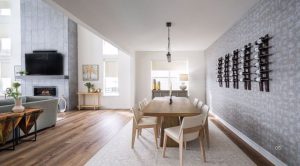
Space Flow: How Seamless Design Shapes Modern Homes
Discover how space flow transforms interior design by enhancing comfort, connection, and functionality in modern living environments.

Property Value: Key Factors That Influence Real Estate Prices
Discover the main factors that determine property value and learn how market trends, location, and design choices impact real estate prices.
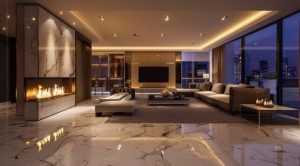
Modern Elegance: Redefining Luxury Living in Contemporary
Discover how modern elegance transforms luxury living with refined simplicity, timeless design, and sophisticated comfort for today’s homeowners.
